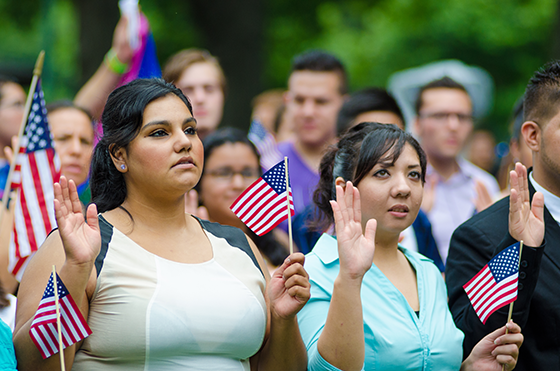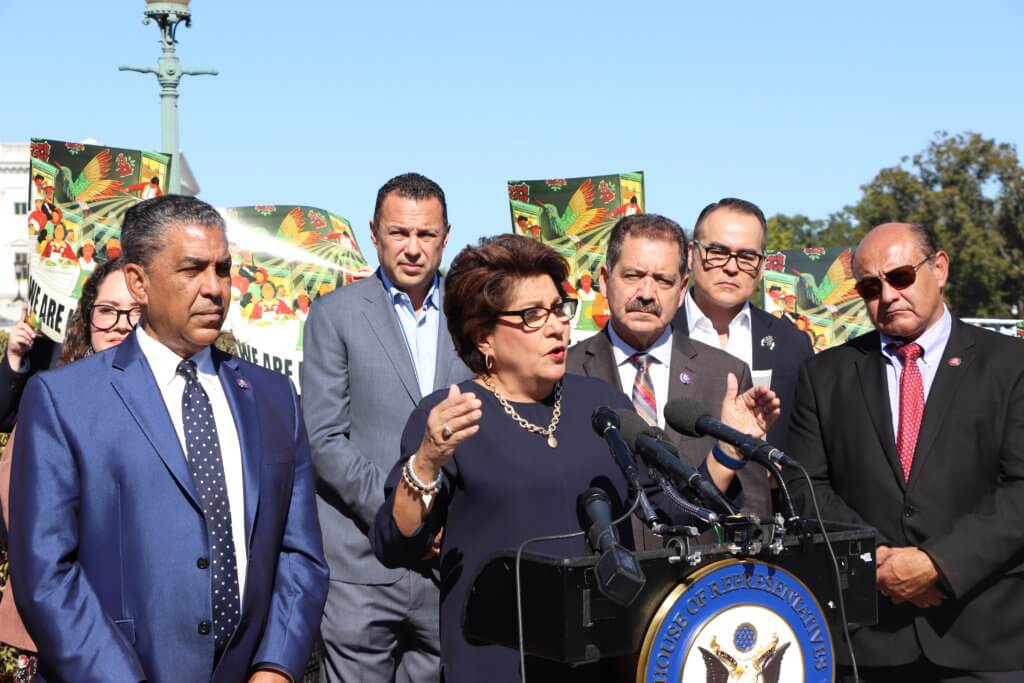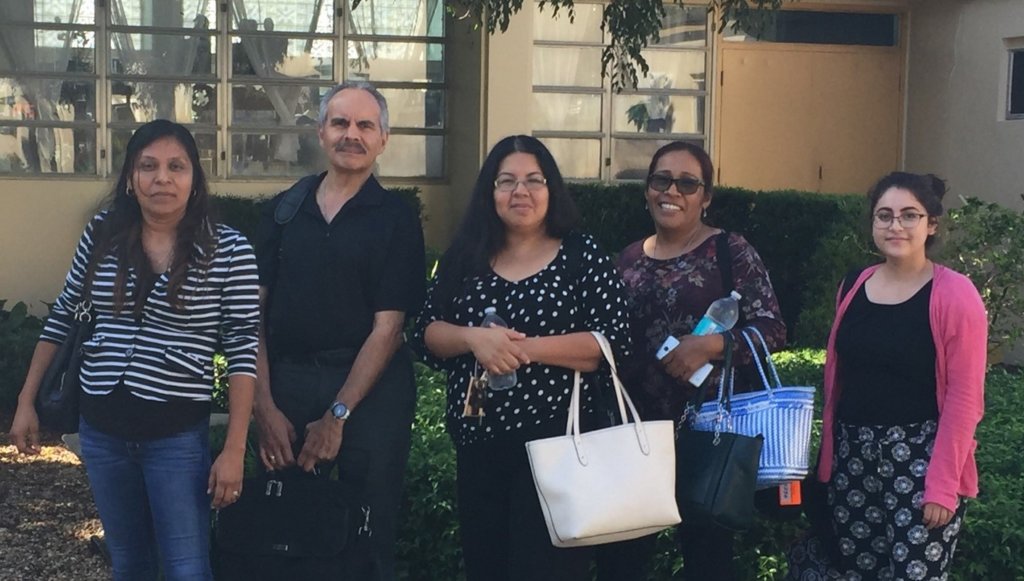First Recommendations for Integrating New Americans Issued
This week, the Task Force on New Americans issued its first report to President Obama, recommending ways that the federal government can more effectively support the successful integration of new Americans. As part of the president’s executive actions announced last November to address the nation’s broken immigration system, the Task Force was formed to recommend federal strategies that will strengthen communities and maximize the contributions of immigrants, who today represent nearly one-fifth of the U.S. labor force.
At the turn of the 20th century, the United States experienced a massive and unprecedented wave of immigration that, in relative terms, has yet to be equaled. According to the Migration Policy Institute, from 1860 to 1920 immigrants composed 13–15% of the U.S. population. Starting in 2013, for the first time in a century, the immigrant share of the U.S. population once again approached historic highs.
Keep up with the latest from UnidosUS
Sign up for the weekly UnidosUS Action Network newsletter delivered every Thursday.
As with previous waves of immigrants, these new Americans face a number of obstacles. The Department of Homeland Security estimates that nearly half of the legal immigrants arriving annually to the U.S. lack full proficiency in English, and the Bureau of Labor Statistics has found that over two-thirds of the foreign-born population do not have a postsecondary degree. This is troubling, since 19 of the 30 fastest-growing occupations require some form of higher education or additional training.
 The response toward these new arrivals has been lackluster compared to previous generations. The successful incorporation of millions of newcomers into the fabric of our society a century ago is one of our country’s signature achievements. These immigrants did not do it on their own; rather, they received significant help from all levels of government and charitable institutions. Today, as success requires higher levels of educational attainment and English language proficiency, our nation has moved away from providing a coordinated government response to help immigrants integrate into American life. The work of the Task Force on New Americans implicitly acknowledges that more must be done.
The response toward these new arrivals has been lackluster compared to previous generations. The successful incorporation of millions of newcomers into the fabric of our society a century ago is one of our country’s signature achievements. These immigrants did not do it on their own; rather, they received significant help from all levels of government and charitable institutions. Today, as success requires higher levels of educational attainment and English language proficiency, our nation has moved away from providing a coordinated government response to help immigrants integrate into American life. The work of the Task Force on New Americans implicitly acknowledges that more must be done.
Among the report’s recommendations from NCLR and other stakeholders, it calls for the creation of a Welcoming Communities Challenge. Inspired by an NCLR recommendation, this competitive funding opportunity would encourage communities to create tailored plans to meet immigrants’ needs in addressing civic, linguistic, and economic integration. While the details are still under review, this challenge would encourage recipients to design programs for local conditions that could provide innovative models for scalable, replicable projects in the future. Without being overly prescriptive, the Welcoming Communities Challenge would highlight best practices that coordinate the three pillars of integration. Immigrants and communities alike would benefit from the inclusion of civic, linguistic, and economic integration in a cohesive policy.
We know too well that questions about who, and how many, should be allowed to enter the country will always be controversial, but there should be no debate about our shared interest in rapidly and fully integrating Americans-in-waiting. Our future economic prosperity, national security, and social cohesion rest in part on how well we meet this challenge.



